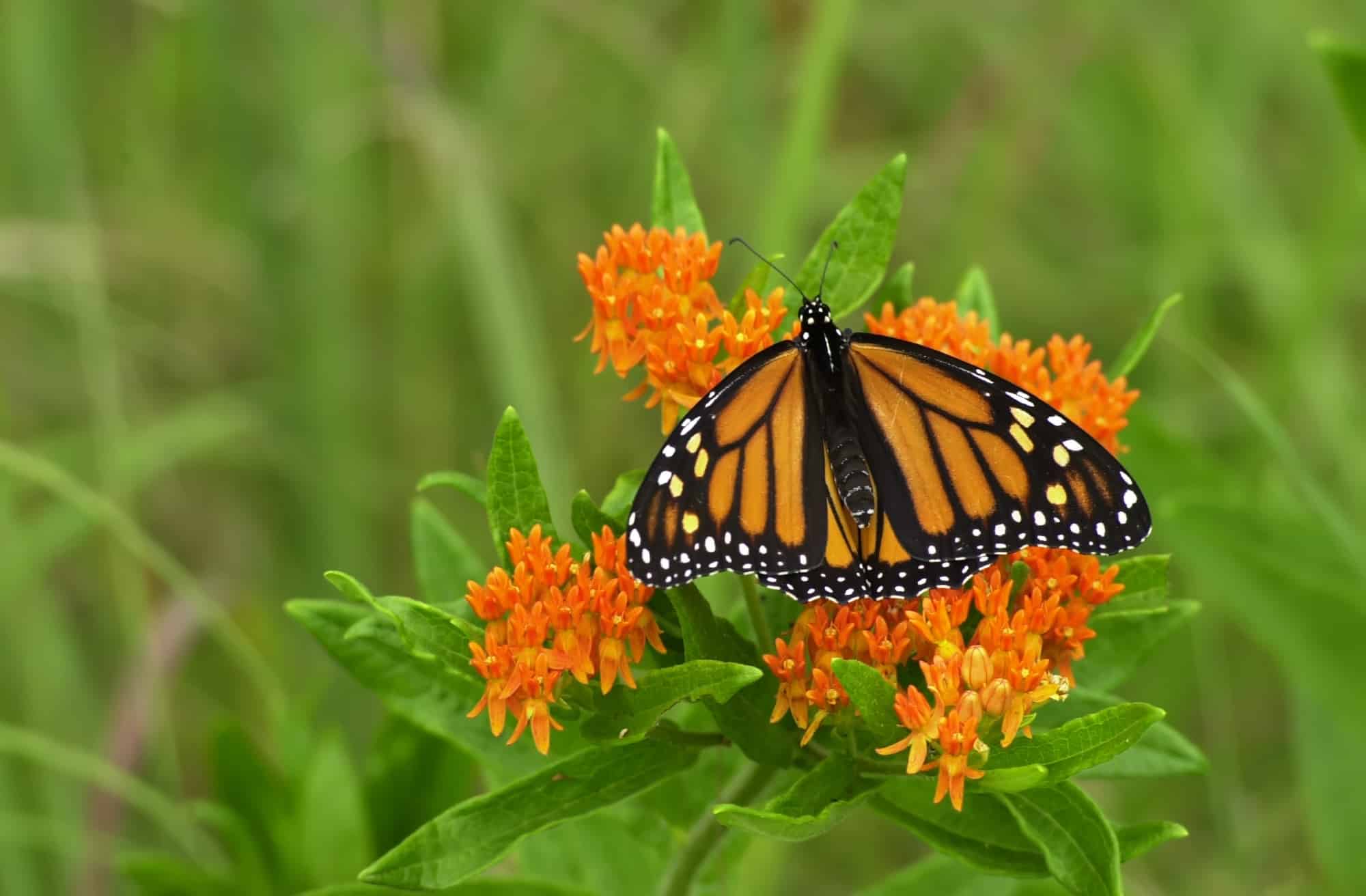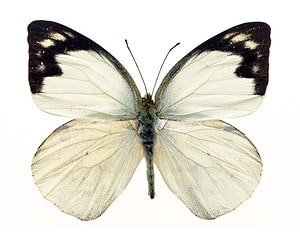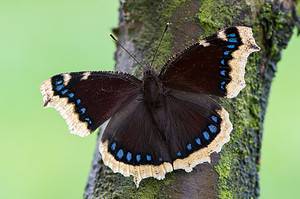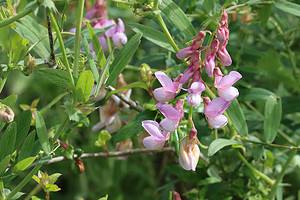Butterflies are associated with warm sunny days and beautiful gardens. With their brightly colored wings and slender bodies, they are one of the most enchanting members of the insect world. Humans are endlessly fascinated with them! These lovely creatures belong to the Lepidoptera order of insects and there are over 17,000 species. But are butterflies pollinators and are they valuable to nature in other ways? Perhaps butterflies are so much more than aesthetic. Let’s assess just how important butterflies are.
What Is Pollination?
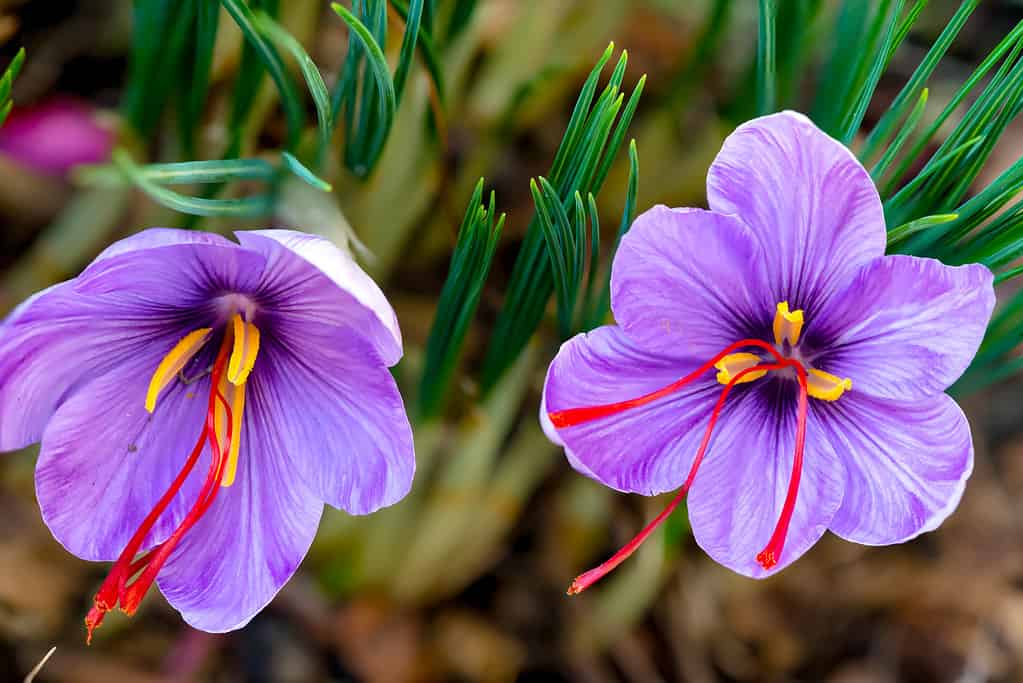
Plants produce pollen in their anthers.
©ThomasLENNE/Shutterstock.com
Pollination is the method by which flowering plants reproduce. Pollen is produced in the male part of flowers called the anther. It needs to get to a flower’s female parts called the stigma. Then, fertilization can take place and a seed is produced. Pollen can be spread in a variety of ways but some plants rely on insects. The plants produce a sweet substance, called nectar, to attract insects to them. Whilst the insects are feeding on the nectar, they pick up pollen on their bodies and move it to another plant. Pollination is important in the natural world so that plants can produce the next generation. It is also commercially important. Farmers rely on insect pollinators to produce crops such as apples. Insects that are good pollinators visit flowers of the same species and pick up a lot of pollen.
How Does Pollination Work With Butterflies?
Butterflies have a weak sense of smell but great vision. They are attracted to flowers that grow in clusters, are brightly colored and are open during the day. Butterflies have a long tongue called a proboscis which they can drink through like a straw. They can reach nectar deep in flowers and some pollen sticks to them as they feed.
Are Butterflies Good Pollinators?
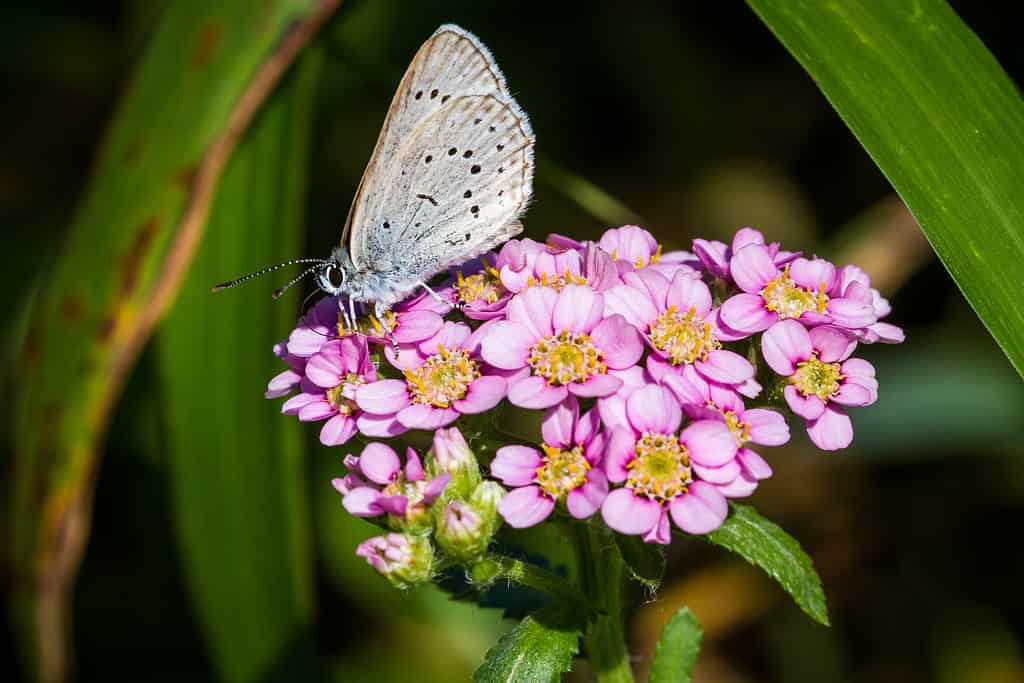
Butterflies like clusters of small flowers.
©Biscut/iStock via Getty Images
Are butterflies pollinators? Yes, butterflies do pollinate but they are not as good at it as bees. The US Forest Service explains that whilst butterflies visit a lot of flowers, they do not have the pollen-collecting structures that bees have. Butterflies have long and thin legs so their bodies do not come into contact with the pollen so readily.
Nevertheless, we are discovering that butterflies play a significant role in pollinating plants that bees do not like to visit. Recent research into cotton plant pollination has shown that butterflies add about $120 million to the cotton harvest in Texas alone each year. If further research confirms their importance for other crops, they may be added to the list of commercially important pollinators along with bees and beetles.
What Flowers Do Butterflies Pollinate The Most?
Butterflies like an easy landing platform so they favor plants with clusters of small flowers. They can also see and are attracted to bright colors. Their preference is for plants that produce a lot of nectar and that have nectar hidden deep in the flower where other creatures cannot get it. Butterflies also like flowers with nectar guides – these are regions of low ultraviolet reflectance near the center. It points in the direction of the nectar! Typical examples are aster, rose, milkweed, vervain, and mint.
Do Butterflies Matter To Nature?
There are plenty of other ways in which butterflies are vital to nature. They are a crucial element of many food chains. Butterflies are eaten by birds, bats, reptiles, and many other insectivores. Birds plan their whole breeding season around the abundance of caterpillars! If butterfly populations are damaged, it will affect all animals above them in the food chain so it is vital to protect them.
Thank you for reading! Have some feedback for us? Contact the AZ Animals editorial team.

